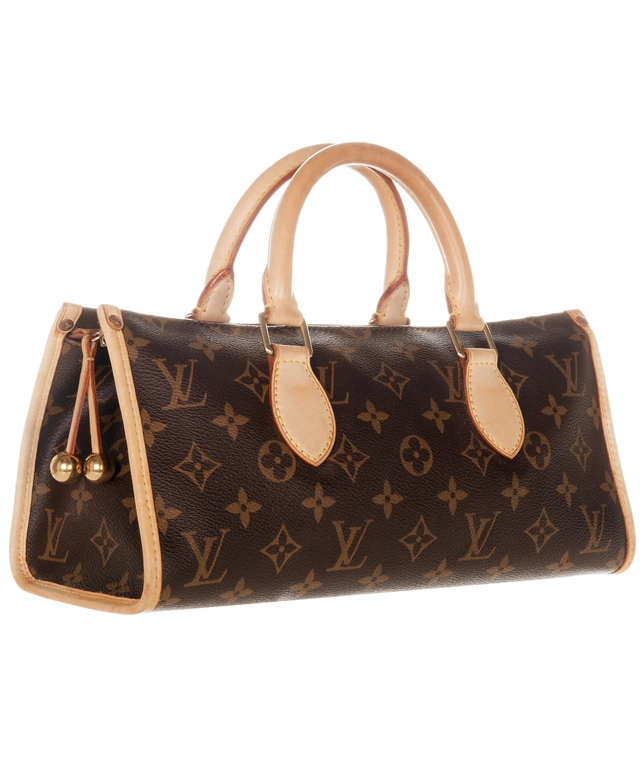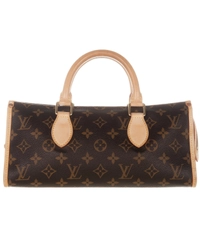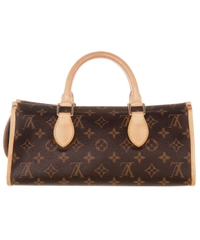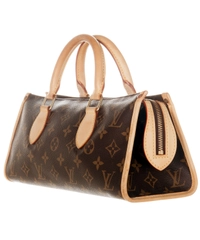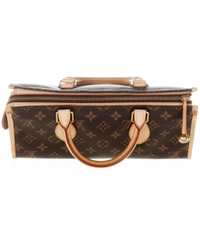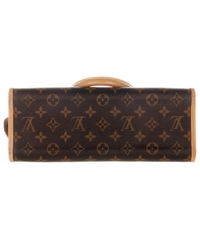Louis Vuitton Monogram Popincourt Tote Bag
Item not present in the shop
For security reasons this item is not present in our shop. We kindly request you to make an appointment one day in advance if you want to view the item.
For security reasons this item is not present in our shop. We kindly request you to make an appointment one day in advance if you want to view the item.
Editor's Note
The Popincourt was first introduced in 2005 and discontinued in 2010. The bag was relaunched in 2017 and has been modernized with a new trendy attitude. This Marc Jacobs-era Louis Vuitton Popincourt tote bag is an easy to carry tote and roomy enough to store everything you need.
Characteristics
- Reference
- LDVA11246
- designer
- Louis Vuitton,
- status
- Sold
- Dimensions
- 30 x 14 x 12 cm
Louis Vuitton does not endorse the authentication process of La Doyenne Vintage and is not involved in it.
Louis Vuitton is a registered trademark of Louis Vuitton.
La Doyenne Vintage is not affiliated with Louis Vuitton.
